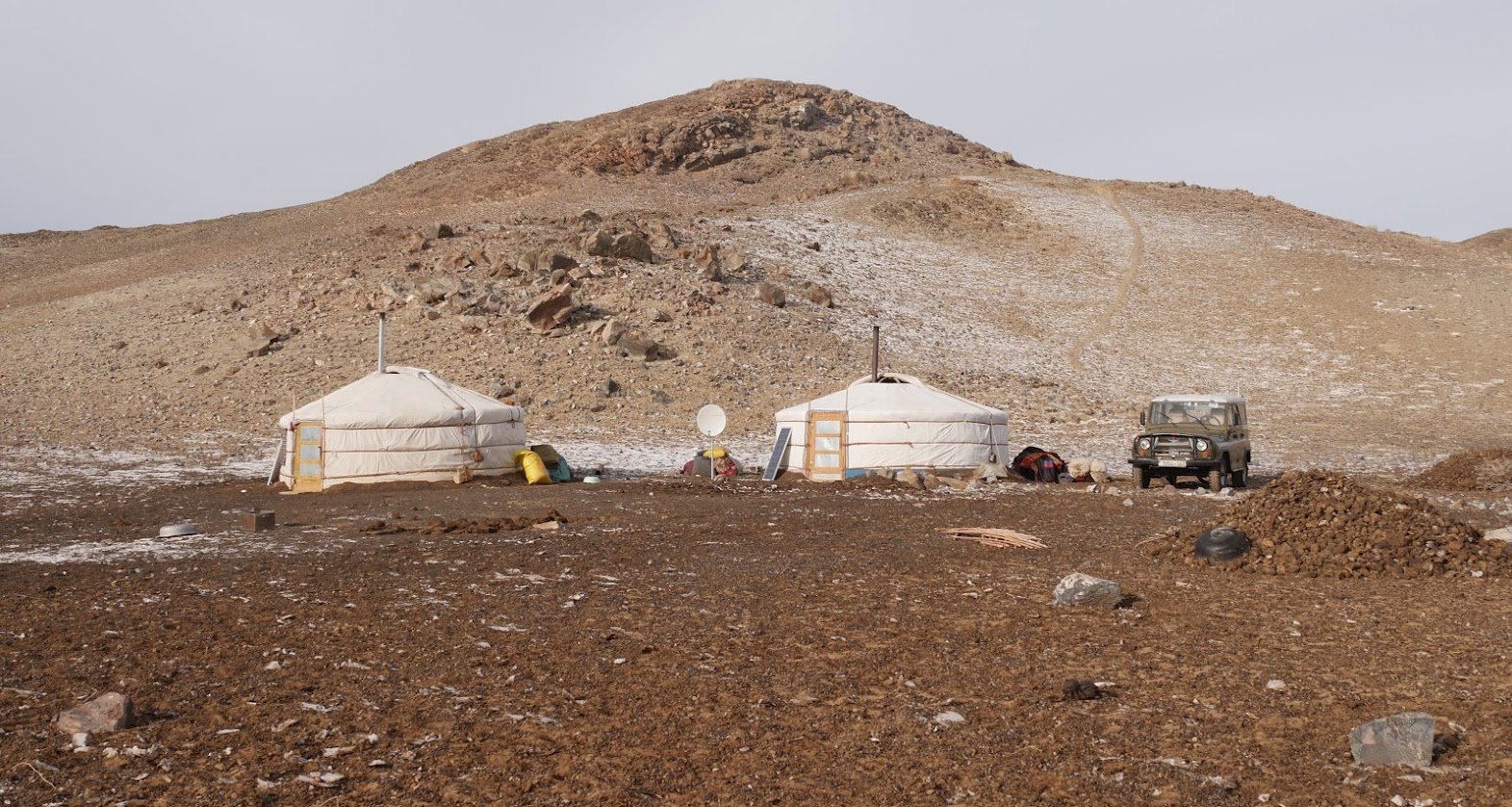Our personal clothing choices can have major social and environmental impacts in other parts of the world. But how can you know if your clothing is sustainably produced?
That’s a question that I’m asking as part of a research project at the University of Winnipeg, where we’re investigating better ways to define “ethical” and “sustainable” cashmere.
Cashmere is an ultra-fine, soft, natural fibre that comes from the undercoat of goats native to Inner Asia. Almost all the world’s raw cashmere is supplied by Mongolian nomadic or semi-nomadic herders.
Cashmere has traditionally been associated with luxury fashion. But increasingly, it’s being marketed as a sustainable clothing option for everyone.
This makes sense: Cashmere is a durable, organic textile that’s produced from a renewable resource. Cashmere goats help maintain biodiversity, since they’re most often grazed extensively in small, mixed herds, as they have been for thousands of years. The cashmere trade also supports the livelihoods and culture of Mongolian nomadic herders. And economically, the cashmere industry is one of the only viable alternatives to extractive resource-based development in Mongolia.
But at the same time, some organizations and news reports claim that cashmere goats have been damaging rangelands through indiscriminate overgrazing to meet market demand.
To address this concern, several different “sustainable cashmere” standards have been introduced, mainly by international organizations. Their underlying idea is that if international consumers are willing to pay a small premium for cashmere that’s certified as “sustainable”, then cashmere suppliers can invest in product quality rather than quantity, thereby reducing the pressure to overproduce.


A goal of our own research is to find ways to incorporate cultural measures into sustainability standards such as these. The mainstream concept of “sustainability” incorporates three so-called “pillars” of sustainable development – environmental, economic, and social.
Mongolian cashmere suppliers are not just specialized goat herders…
But this leaves out a fourth major pillar, which some people are arguing should be culture.
Cultural sustainability indicators are important, because sustainability standards that are weighted toward environmental and economic priorities can become a pretext for encouraging new, more specialized or more intensive forms of production that are less culturally appropriate.
Mongolian cashmere suppliers are not just specialized goat herders. They are also dairy producers. Felt producers. Harvesters of natural resources. Custodians of natural sacred sites. Horse trainers. And so on.
They are also bearers of unique traditions, such as the knowledge of how to communicate with animals through instrumental music and vocalizations.

In this sense, income from cashmere directly supports a broad, diverse system of cultural practices, knowledge, and expressions.
Many of these elements are included in Mongolia’s national Intangible Cultural Heritage List, having been identified by Mongolians themselves as important to their culture and essential to safeguard for the future.
We believe it makes sense to develop cultural sustainability standards or best practices that are aligned with this list – or similar ones – created in Mongolia, by Mongolians.
We would like to see consumers having the option to purchase cashmere from suppliers who commit to investing in environmental, economic, social, AND cultural sustainability.
By openly discussing the cultural impacts of apparel commodity chains, we can bring a wider lens to the ethics of our choices as producers and consumers.
We invite you to follow our work as we continue to work through these ideas, and find new ways of measuring and communicating sustainability in all its forms.
Zolzaya Cashmere is a social enterprise spin-out from an ongoing research project by Dr. Thrift and colleagues at the University of Winnipeg, funded by the Social Sciences and Humanities Research Council of Canada. As a social enterprise, Zolzaya Cashmere does not provide financial dividends to the researchers affiliated with this project. All profits are reinvested in research and advocacy projects in Mongolia.

